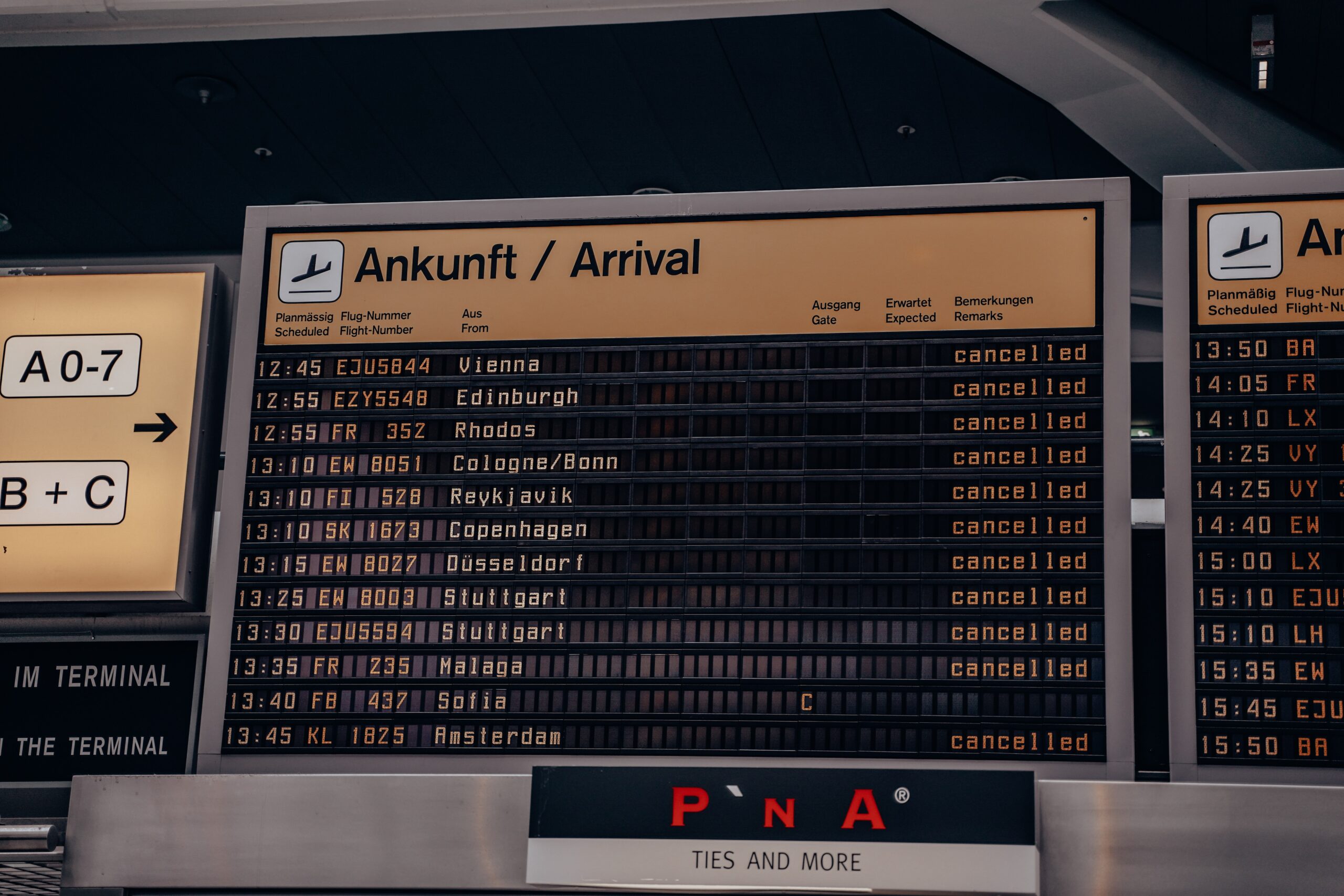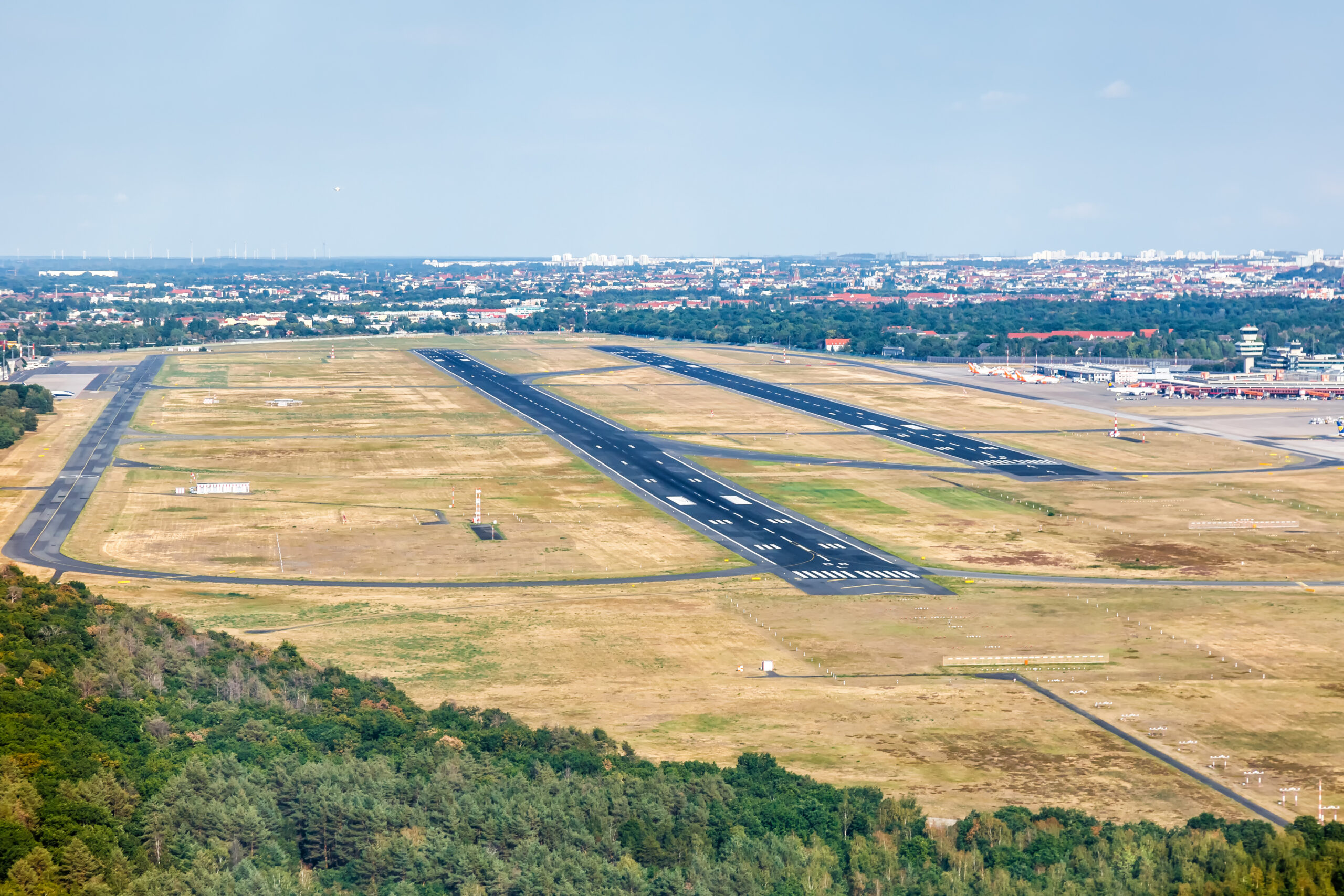
No more Tegel airport! And now? – The future of Tegel
It has been over a year since the last plane took off from Tegel Airport. Although the airport was admittedly never a real beauty, neither from the inside nor from the outside, it enjoyed great popularity among Berliners. Therefore, the announcement of a permanent closure came as a real shock to many. The situation was not made any more bearable by the fact that the new BER airport had its own problems to contend with, which had been piling up for years. While at the beginning there was still a faint hope that the old airport might stay after all, the Corona pandemic, with the accompanying flight cancellations, drove the last nail into the coffin.
What remains is a huge, hardly used site and a lot of unanswered questions. What happens now? What may come as a surprise to some is that since the planning of the new airport, a master plan has been underway for how the site will be used after the airport closes. This plan is now even relatively concrete and includes the reuse of the site for several residential areas, a huge landscape area, industrial areas, and even a state university.
The Schumacher Quarter, Cité Pasteur & TXL North
One of the major goals from the very beginning was to use part of the site for the construction of new residential areas. The project focuses on the creation of affordable living space, which is urgently needed in Berlin. In the Schumacher Quarter alone, up to 10,000 people are to find a new home in the future, and various schools, daycare centres, shops and cafés are to make the new residential area attractive and lively.
In addition, environmentally friendly and energy-saving methods are to be tried out in the construction and operation of the buildings. Green is the keyword, because the new residential areas should not only function green, but also look it. This is to be ensured by a rich planting of the area and even the buildings.
Urban Tech Republic – The centre of the new TXL
While runway and green space can be used in other ways quite easily, this is less easy with an old airport building. But the city of Berlin already has an idea for this too. Almost the entire airport building is to be preserved and become a new centre for research and innovation. Educational institutes and research facilities are to find space in the buildings, as well as the Beuth University of Applied Sciences, which is expected to move into the old terminal building in 2028.

Industrial parks and industrial belt
Of course, the city does not only want to attract new residents to the new district, numerous companies are also to settle in the new industrial parks West and East in the future. The areas around the Urban Tech Republic Campus and two areas on the former airport tarmac have already been selected for this purpose. Here, too, special emphasis is placed on technical innovators and pioneers of future technologies, especially in the area of urban development. The district is not
intended to rest on its laurels, but to continue to develop as a positive example of future urban development.
Landscape space
According to the current plan, a green landscape area will be created on an area of more than 200 football fields south of the airport lake, which will offer residents of the surrounding neighbourhoods a relaxing retreat in nature. This would make the area one of the largest recreational areas in the city.
Although it could probably still take a few years before the first progress in construction planning becomes visible, the project certainly has the potential to become a future-oriented showcase district. Whether it will ultimately become so remains to be seen. From experience, however, a little patience is needed with Berlin construction projects.

